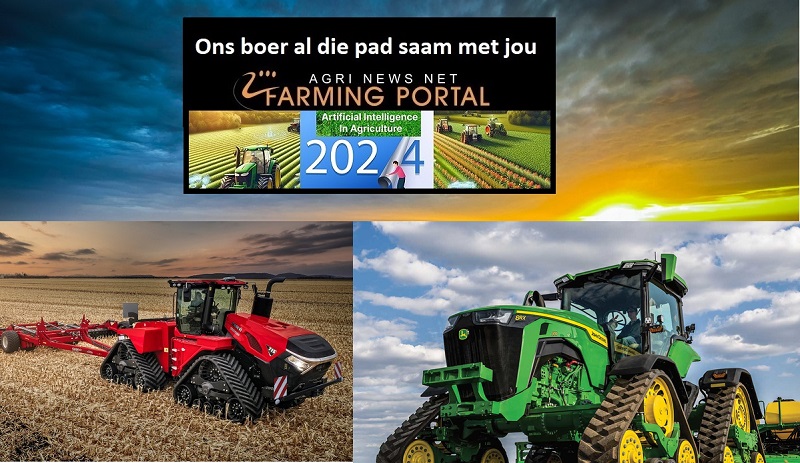“Since inception in 1970, Earth Day has grown into one of the largest civic events. Against the theme Planet vs Plastic, the need for solutions to ensure the health of the planet could not be more urgent, especially when it comes to dealing with the proliferation of plastic,” says FSA’s Dr Ronald Heath, adding that farmed trees have the unique potential as the starting block for countless materials.
A host of fossil-fuel derived, energy-heavy materials can be substituted with wood-based derivatives such as timber in place of steel and concrete, and specialised cellulose for textiles like viscose and rayon. Paper packaging is finding its way back onto supermarket shelves as brand owners make the switch from plastic. Cellulose and nanocellulose can be used as food additives, functioning as thickening agents, stabilisers or emulsifiers, providing a natural alternative to synthetic additives. Lignin, a by-product of papermaking, can be used as in agriculture, construction and for dust suppression.
“Our sector can even make polymers and chemicals out of wood. And, of course, wood and pulp provide the ingredients for everyday essentials like furniture and toilet paper,” notes Heath.
While wood holds promise in various industries due to its renewable nature, biodegradability and versatile properties, the key to a wood-based revolution is its sustainable, responsible production, the theme of FSA’s new video “What is responsible forestry?”
Across South Africa, from Limpopo and Mpumalanga, through KwaZulu-Natal, to the Eastern and Western Cape, there are 1.2 million hectares of commercial forestry plantations, more than 85% of which are certified as meeting the stringent environmental and social standards set by the Forest Stewardship Council® (FSC®). In addition, 40% of these plantations have international PEFC certification through the recently established Sustainable African Forest Assurance Scheme (SAFAS).
From these plantations, more than 15 million tonnes of wood and fibre are harvested annually and for every tree removed, another is planted in its place. This wood, grown using carbon dioxide (CO2), keeps carbon stored long after harvesting and transformation into timber for beautiful buildings, cellulose for high-end fashion, additives for food and pharmaceuticals, and bio-chemicals. One cubic metre of Eucalyptus wood removes around 880kg of CO2 from the air, storing around 240kg of carbon.
“South African forestry should be recognised as part of the solution for climate change, plastic pollution and rural unemployment. Wood is a renewable, low-carbon alternative to many of the drivers of climate change. Globally, forestry is considered an integral role player in a green economic recovery: certainly, this is the case in South Africa. It is time we promoted it as such, explaining what responsible forestry looks like and how it can be part of the solution to the environmental crises we currently face,” says Heath.
 Forests v farmland: what the world would look like if we allocated all our land in the optimal way
Forests v farmland: what the world would look like if we allocated all our land in the optimal way
In an article by the Food and Agricultural Organisation, titled Time to realise the potential of sustainable wood for the planet, the authors make a strong argument for wood as a solution to climate change, believing wood can play a key role by substituting single use plastics such as drinking straws and food packaging as part of the global movement to end plastic pollution.
Responsible forestry goes way beyond the trees. As a rural industry in South Africa, forestry creates employment and entrepreneurial opportunities in some of the country’s most impoverished communities. Through social initiatives, it delivers education, health care, infrastructure and hunger eradication programmes.
Amid the forestry landscape, countless wetland, grassland and biodiversity conservation projects are underway in the 305 000 hectares of unplanted, natural areas within forestry landholdings.
Earthday.org seeks to end plastics for the sake of human and planetary health, demanding a 60% reduction in the production of ALL plastics by 2040. According to a recent study in the journal Science Advances, around eight billion tonnes of plastic have been produced over the past six decades, 90.5% of which has not been recycled, explains Aidan Charron from EarthDay.org.
“Our reliance on plastics could be the biggest gamble in the story of human health in history. We are all ingesting and inhaling microplastics. They are everywhere. Are we just hoping they are safe, or is even the remotest possibility they might be toxic so terrifying that we can’t contemplate it?” asks Kathleen Rogers, president of EarthDay.org.
ENDS
Forestry Facts:
For every tree harvested, another is replanted in its place, ensuring the sustainability and renewability of this natural resource and its carbon capturing potential.
More than 20% of forestry landholdings remain unplanted and is proactively managed to preserve biodiversity and ecological services upon which we rely.
There are some 62 000 hectares of indigenous forest, 171 000 hectares of grasslands and associated wetlands, and 12 902 hectares of fynbos found within the forestry landscape.
More than 85% of forestry landholdings are internationally certified, illustrating the industry’s commitment to environmental and social stewardship.
Wood-based products can provide sustainable carbon-neutral alternatives to fossil-fuels, plastics, concrete, clothing and even energy production.
The sector employs more than 150 000 South Africans, largely from rural communities.
The forestry sector invests heavily in initiatives that empower and uplift the rural communities that neighbour the industry’s plantations.















